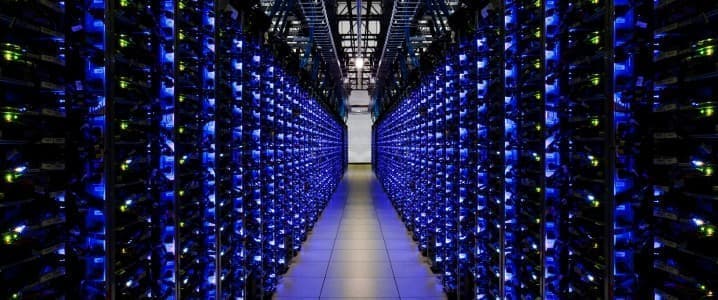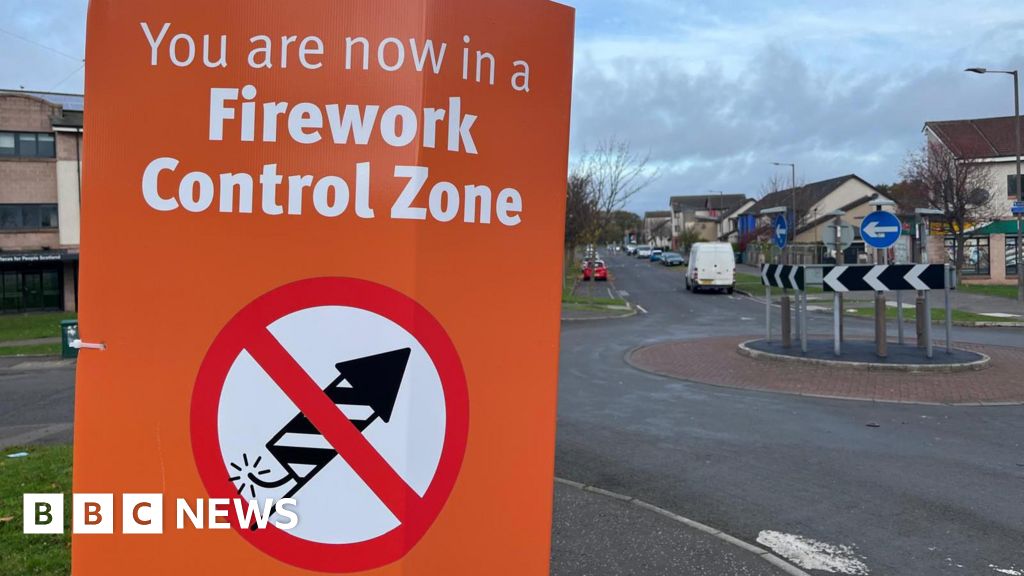Copyright OilPrice

Big Tech is building data centers everywhere it can. Companies are replacing employees with AI—and all this is just the start; or it would be, if there was enough electricity to power all those data centers that handle the AI that everyone is using more and more. That might be a problem. Earlier this month, Nvidia’s chief executive warned that the West risks losing the AI race because electricity was too expensive. Yet the price of electricity is only one part of the problem that Big Tech faces with regard to its AI plans. The other is the availability of that electricity. Bloomberg reported this week that at least two data center projects are sitting uncompleted, waiting for electricity supply to be secured before they get finalized. Both are relatively small projects, the publication noted, and highlight a major challenge to the continued proliferation of AI: power. Bloomberg blamed “aging power infrastructure, a slow build-out of new transmission lines and a variety of regulatory and permitting hurdles.” Regulation and permitting regimes are invariably cited by the corporate world as a problem, so the inclusion of this factor in the list of culprits is essentially standard practice. As for aging infrastructure, this is a real problem that requires hefty investments by power utilities and takes time to solve—and pushes electricity bills higher, aggravating the financial part of the data center problem. Transmission lines are also in short supply—especially for data center operators who want to boost their climate-friendly credentials by contracting electricity supply from wind and solar installations. Yet even those climate-friendly data center operators need stable supply, and there is simply not enough of that. Related: Oil Prices Sink 4% as OPEC Moves to Balanced 2026 Outlook Goldman Sachs recently joined the ranks of AI forecasters putting a number on the industry’s energy demand. Per the bank, this number could reach 9% of the total energy demand in the United States. That total last year hit an all-time high, topping 4,000 billion kWh and is expected to keep breaking records this year, the Energy Information Administration predicted, especially noting data centers as one big reason for that. “The demand has never been higher, and it's really a power-supply problem that we have,” a real estate brokerage executive told Bloomberg. “There are portions of data-center demand that need to be as close as possible to population centers,” Bill Dougherty also said. “That is the demand that needs to be in California. They can't bring it online because there’s constraints on power.” The data centers that need to be closer to population centers are the smaller ones, which service local clients. Larger data centers can apparently be further from their clients—and for them, the transmission line problem could be a bigger one. But all that pales to the supply problem that has seen wait times for connection to the grid stretch for years. This problem is not going away anytime soon, because building new generation capacity also takes time, and there is a shortage of gas turbines. Gas-powered plants have become a Goldilocks thing for the tech industry. They take less time to build than nuclear and generate baseload power, unlike wind and solar. But because new gas-powered plant construction has not exactly been booming in the past decades, turbine manufacturers do not exactly keep massive inventory. In other words, there will be a certain time gap between the surge in demand for new generation capacity and the supply response from turbine makers. This brings it all back to the price part of the AI problem, which is heating up. AP reported this week that electricity bills are shaping up as a major topic of discussion in the upcoming midterm election as resentment towards Big Tech and its data centers grows. “There’s a lot of pressure on politicians to talk about affordability, and electricity prices are right now the most clear example of problems of affordability,” one politics and government professor from Fairleigh Dickinson University told AP. “Voters are mad as hell about energy prices increasing,” Virginia State Delegate Shelly Simonds told NBC. “And they’re mad about affordability in general. And anybody who ignores these issues does so at their peril. It’s definitely going to be an issue during the midterms,” the Democrat delegate also said. Interestingly, some researchers disagree that data centers are to blame for higher electricity prices. Instead, they argue it’s the infrastructure investments that are driving bills higher, per a Washington Post report. The study points to a counterintuitive link between electricity demand and prices where higher demand actually leads to lower prices—because with more demand, “you can then take some of those fixed infrastructure costs and end up spreading them around more megawatt-hours that are being sold — and that can actually reduce rates for everyone,” per one of the researchers. Every website you visit offers an AI option these days. Every company that wants a competitive edge over competitors is using AI for whatever it can think of. But whether the full potential of the technology can be realized would depend on electricity—the availability and price of it. By Irina Slav for Oilprice.com More Top Reads From Oilprice.com India’s Top Refiner Looks to Buy Non-Sanctioned Russian Crude U.S. Sanctions Widen Russia’s Crude Discount to $20 a Barrel TotalEnergies to Power Google Data Centers in Ohio



